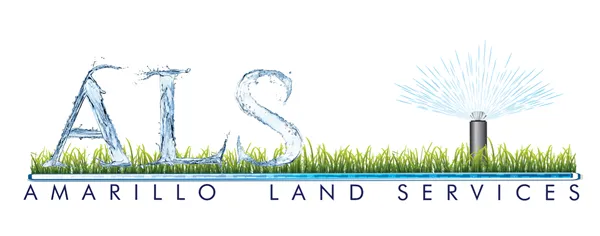How to Find a Leak in Your Sprinkler System
A leaky sprinkler system can sneak up on you. At first, it might look like nothing more than a soggy patch of grass. But over time, leaks waste water, raise your utility bills, and leave your lawn uneven and unhealthy. The tricky part? Many leaks are small and easy to miss.
In this post, we’ll walk you through the signs of a sprinkler leak, how to check your system step by step, and when it’s time to call a professional like Amarillo Land Services.
Signs your sprinkler system may have a leak
Most homeowners first notice something’s wrong when the water bill jumps. But there are other clues you can spot right in your yard:
-
- Higher than normal water bills even though you haven’t changed your watering schedule.
- Wet or soggy spots that stay muddy long after the sprinklers shut off.
- Puddles near sprinkler heads or valves that shouldn’t be there.
- Weak spray or uneven coverage when a zone is running.
- Loss of pressure across the system.
If you notice any of these, it’s time to take a closer look.
How to check your system for leaks
Finding a sprinkler leak doesn’t always require special tools. Here are a few steps you can take yourself:
Step 1: Inspect the sprinkler heads
Run each zone and look at the heads. Cracked or clogged heads often leak water around the base or spray in odd directions.
Step 2: Check the valve boxes
Open the valve boxes in your yard. If you see standing water when the system is off, a valve may be leaking.
Step 3: Look at the controller
Sometimes leaks aren’t about broken parts. A controller that’s misprogrammed can keep valves open too long or run zones more often than you realize.
Step 4: Walk the yard
Pay attention to soggy soil, erosion, or grass that’s growing faster in one spot. Constant moisture often means a hidden leak.
Step 5: Watch for underground leaks
If you see areas that stay wet even when the sprinklers haven’t run, or if you notice unusually soft ground, it may be a cracked pipe underground. These leaks usually require professional repair.
Common causes of sprinkler leaks
Not all leaks are the same. Here are the most common problems we see in Amarillo and the Texas Panhandle:
-
- Broken or cracked sprinkler heads from mowers or foot traffic
- Worn or stuck valves that don’t shut off properly
- Damaged underground pipes from tree roots or shifting soil
- Loose fittings or seals that allow water to escape
- Faulty wiring that keeps valves open
Knowing the cause helps decide whether it’s a quick fix or something that needs a pro.
When to call a professional
Some leaks are easy to spot and solve, like replacing a broken head. Others are harder. If you have any of these issues, it’s best to call in a licensed irrigation company:
-
- Leaks in underground lines or the main supply
- Electrical problems with valves or controllers
- A system that keeps leaking after DIY fixes
- Water pressure that doesn’t return to normal
At Amarillo Land Services, we have the tools and experience to find leaks fast, repair them cleanly, and make sure your system works the way it should.
Why trust Amarillo Land Services?
Sprinkler repairs aren’t just about fixing leaks. They’re about making sure your entire system runs efficiently for years to come. That’s what we deliver.
-
- Licensed and insured irrigation professionals
- BBB Accredited with an A+ Rating
- Members of the Texas Panhandle Builders Association
- Members of the Amarillo Chamber of Commerce
As a local company, we know how Amarillo’s soil, roots, and weather affect irrigation systems. We stand behind our work and treat every yard like it’s our own.
Our service area
We provide sprinkler repair and leak detection in:
- Amarillo
- Canyon
- Bushland
- Potter County
- Randall County
- Throughout the Texas Panhandle.
Final thoughts
A small sprinkler leak may not seem like a big deal, but left alone, it can waste hundreds of gallons of water and damage your landscape. Catching leaks early saves money and stress.
If you suspect your system has a leak, don’t wait. Call Amarillo Land Services at (806) 477-2605 or request an inspection online. We’ll find the problem and fix it the right way.

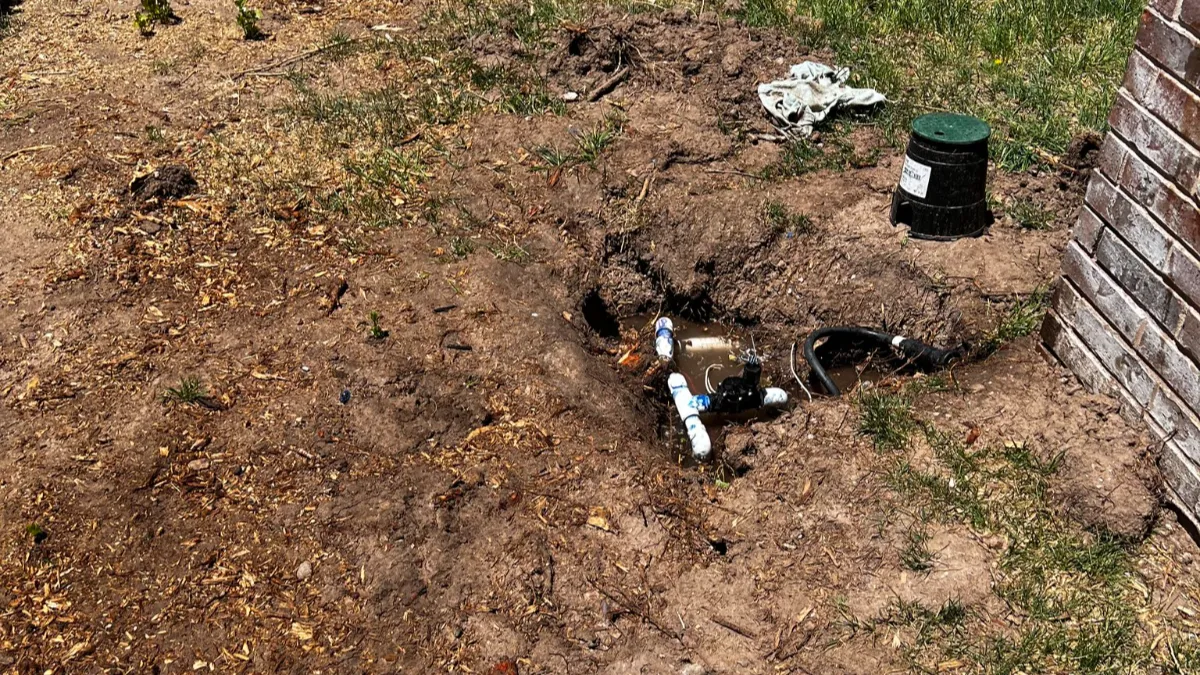
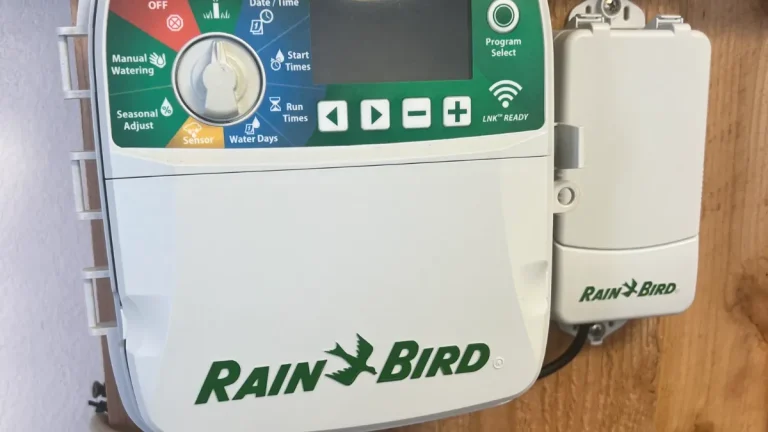
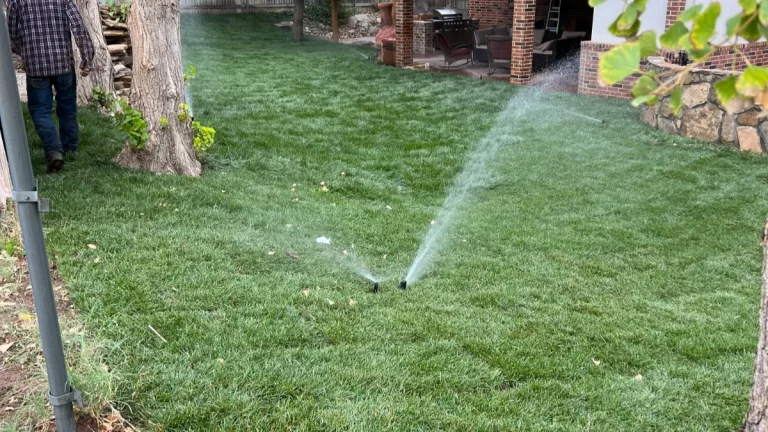
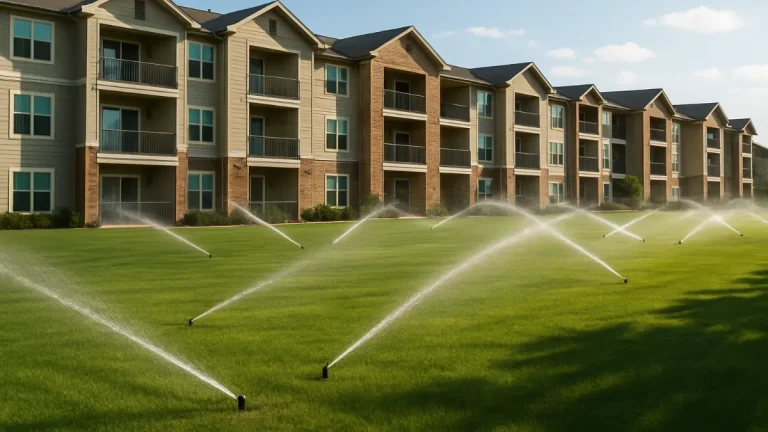
 Amarillo Land Services is a locally owned
Amarillo Land Services is a locally owned 